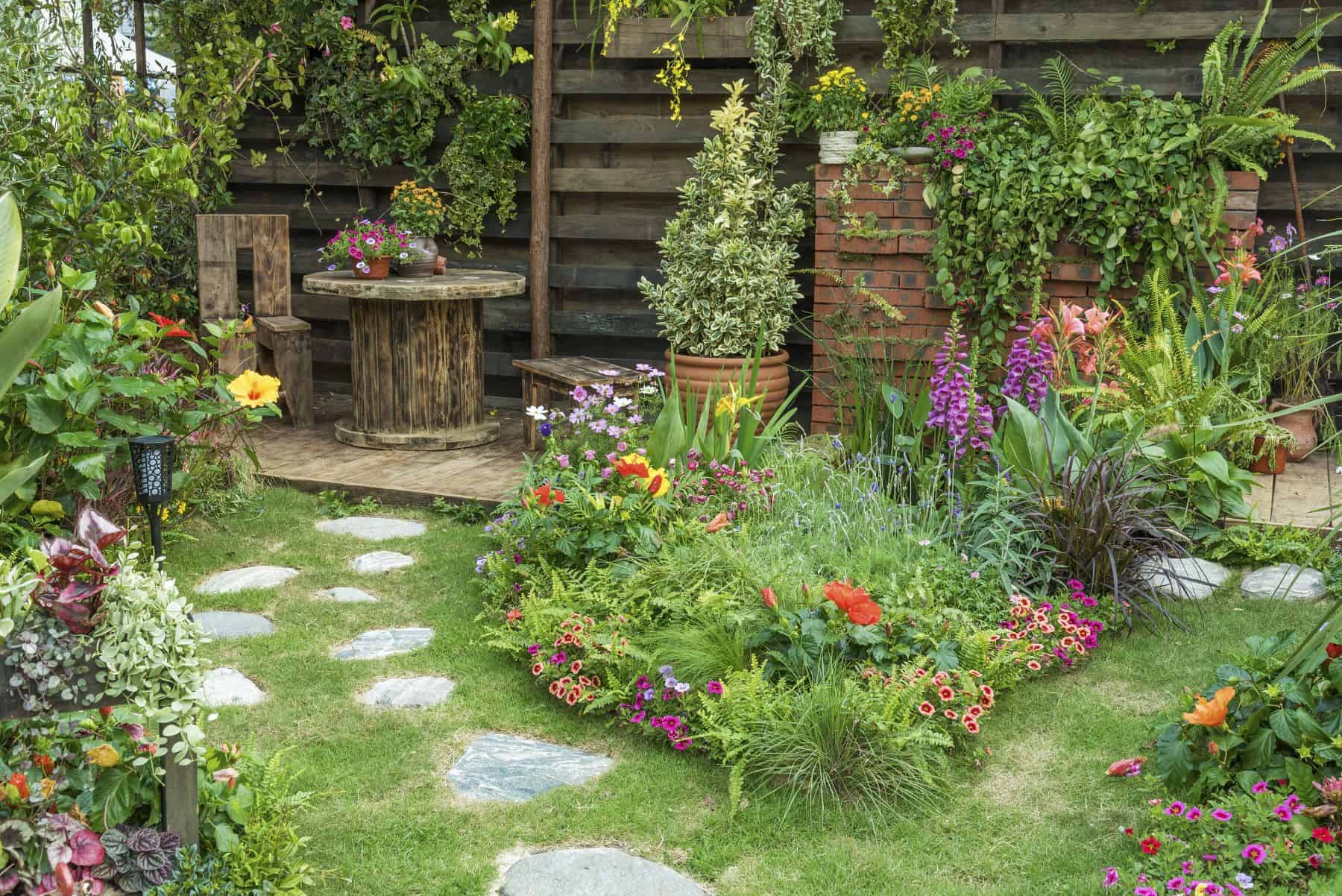
Would you like to grow your best garden ever? Well, great gardens don’t just happen. They certainly do not magically appear in your yard. So, the sooner you plan and start your best garden ever, the sooner it will begin to manifest in your yard.
A great garden is typically the result of careful planning. Most extraordinary gardens are created over a period of years using the garden plan. Add a few happy accidents that happen along the way, and you have the recipe for a special horticultural wonder that will be the envy of the neighborhood.
Don’t Be Afraid of Small Failures
Talk to experienced gardeners and garden experts, and most will freely admit to buying plants that did not survive in their gardens. Karen Park Jennings, the former president of Park Seed, once told me, “I’ve learned a lot by killing plants.” That’s part of being a gardener.
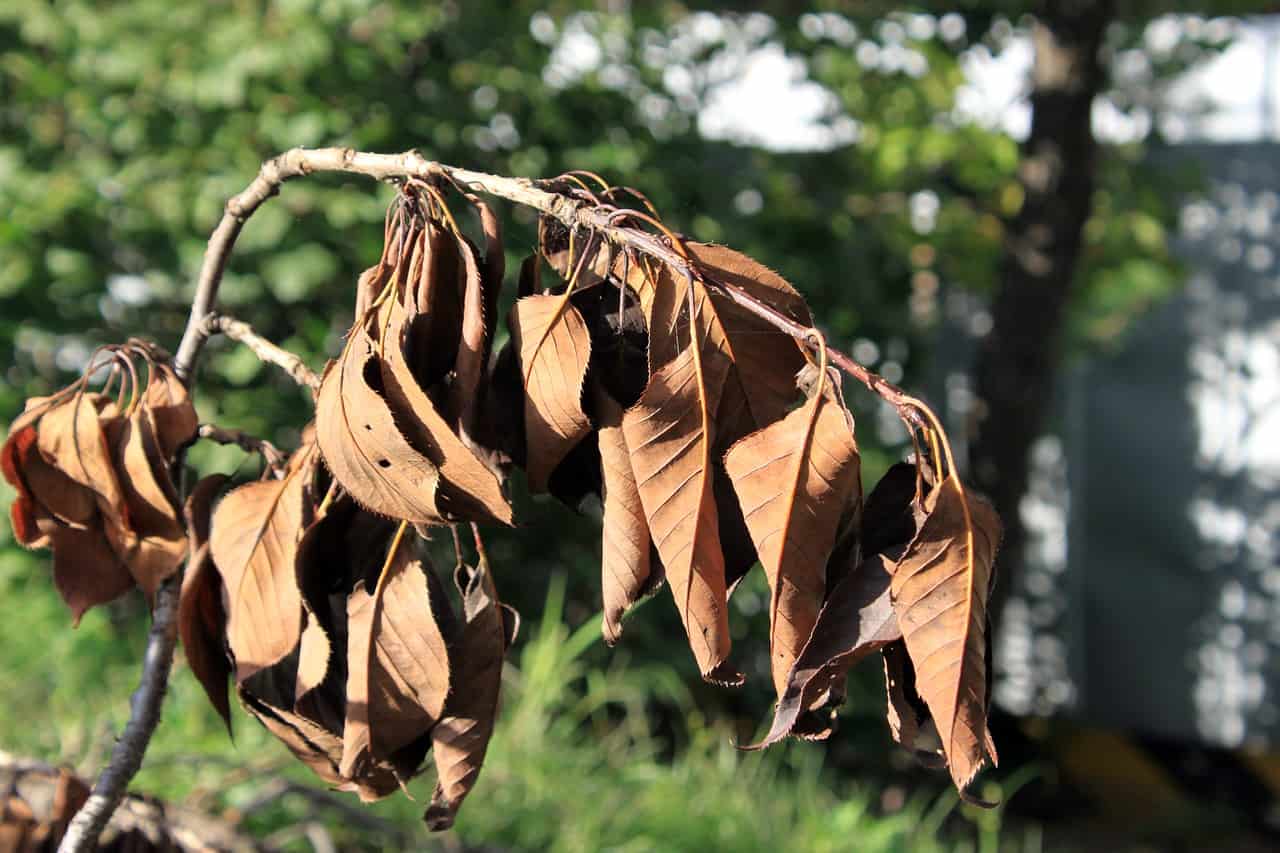
Some gardeners will even admit that some of their favorite plants arrived as volunteers in their garden. One of the healthiest plants I ever grew was a Jupiter’s Beard (Centranthus ruber) that planted itself in my ornamental garden and thrived for many years.
I decided to contact expert gardeners from around the country to get their tips on how to grow the best garden ever. Their advice includes tips learned from years of gardening experience. Their garden wisdom also reflects some of their personal preferences about which plants they really love to grow.
So, here’s a selection of gardening tips from people who happily play in the dirt. Not all of their advice will apply to you, but I promise there are tips here that can help you to plan your best garden ever.
Start Now to Grow Your Best Garden Ever
Don’t wait to start planning for this year’s garden. “The best time to start your garden planning is yesterday,” says Doug Oster, an Emmy Award-winning garden personality who hosts The Organic Gardener Radio Hour. “The second-best time to start planning is right now.”
Oster says planning is one of the most rewarding parts of gardening. “I’m always thinking about what plants are going where, and what needs to be moved or added to my garden—especially this time of year.”
Amend the Soil
The top tip from expert gardeners is this: amend and improve the soil. Add organic matter such as compost to make sure your plants grow healthy and happy. Compost gives plants everything they need for healthy growth, and a healthy plant is better able to fight off insect pests and diseases. You might also want to test your soil to find out if it is lacking in important plant nutrients.
Another way to improve garden success is to cover the healthy soil with mulch. A layer of mulch reduces water lost to evaporation, so plant roots stay moist. Plus, a bare patch of ground is an invitation for weeds to grow, and mulch prevents weeds from sprouting and taking over your garden space.
Wood chips, leaves, compost or hay can make a good mulch. Also check locally for other mulching options including, cocoa shells, buckwheat hulls and even seaweed.
When it’s time to amend your soil, make sure you use a great garden shovel. Sure, you can by a $15 shovel at a big box store. But do yourself a favor and get something heavy duty like a Bully Tools 12-gauge Round Point shovel or an A.M. Leonard Round Point Closed Back shovel. Your hands and your back will thank you.
Nurture Helpful Insects
Nurturing helpful insects in your garden is a great way to promote a healthy ecosystem and reduce the need for chemical pesticides. Some beneficial insects to attract include ladybugs, lacewings, and parasitic wasps, which feed on pests like aphids, spider mites, and caterpillars.
Honeybees are also a good choice since bees are essential for pollination. Without bees, many plants would not be able to reproduce, and the garden would not be as diverse or productive. Overall, having bees in a garden not only enhances its beauty but also improves its ecological function.
Choose the Right Plants
Selecting the right plants for your garden space is part planning, part science and a lot of personal preference.
“Remember the adage, ‘right place, right plant,’” says Denise Schreiber, a garden speaker and author of Eat Your Roses, Pansies, Lavender and 49 Other Delicious Flowers. “In other words, don’t plant an oak tree right next to the house no matter what the nursery guy said. There are lots of smaller flowering trees and shrubs that add beauty and value without overtaking your house.”
In addition to being aware of a plant’s mature size, there are other considerations. What kind of plants do you love? For an edible garden, what do you love to eat? If sweet-tasting tomatoes are a treat, consider growing some great-tasting heirloom varieties. For ornamental gardens, what types of plants and flowers do you like to look at? Do you want to grow enough flowers so there will be plenty to cut and put into vases indoors?
“When you consider what kinds of plants you love, gardening can be exciting,” said Oster. “Grow what you love and it’s hard to be disappointed.”
If you can’t find the plants you want at your local garden center, check out the selection at an online plant nursery like Nature Hills Nursery. They will ship your plants directly to your front porch.
Consider What Plants Need
When selecting the right plants for your yard and garden, it’s important to know what growing conditions the specific plants need. You might absolutely love mangoes, and you’d love to be able to pick a fresh mango from your own tree. But unless you live in south Florida or another tropical or sub-tropical area, a mango tree is not going to survive the winter on your property.
“This is when some plant research is needed,” says Mary-Kate Mackey, an award-winning garden writer and co-author of The Healthy Garden Book . “Read plant tags to see what growing conditions plants need. Check trusted online sources or plant encyclopedias. Find out a plant’s sun, soil, water requirements, cold hardiness and mature size before you plant it.”
Small Space Gardens
Gardening in smaller spaces presents its own set of challenges. But sometimes the size limitations of a small area can lead to creative solutions. The result can be a truly amazing garden.
As suburban yards have gotten smaller, many plant breeders have introduced smaller versions of popular plants. When planning a small space garden, choose those plants which have been bred to stay smaller. Do a quick Google search for “dwarf plants” and you will be surprised how many new choices are available. Here’s what we found when we did a dwarf plants outdoor search on Amazon.
Another great way to get the most out of a small garden space is to “think vertical.” Climbing roses and clematis vines are great choices for smaller ornamental gardens because of their natural tendencies to grow upward.
In a small vegetable garden, pole beans, peas, cucumbers and some vining squash varieties grow nicely on a trellis or chain link fence. You can also grow some veggies such as potatoes and salad greens in containers on porches and patios to expand your gardening space.
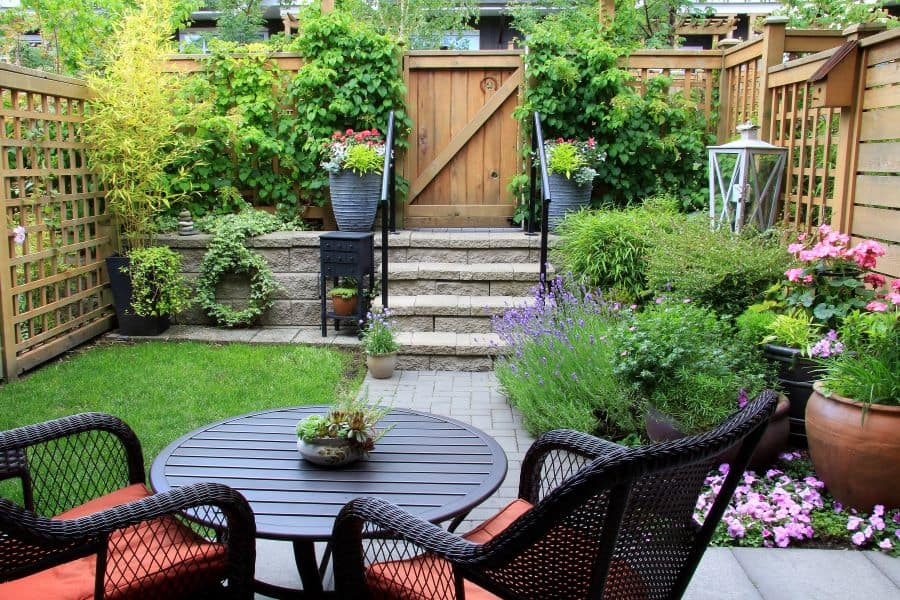
Creating “Garden Rooms”
Sometimes it’s difficult to landscape a larger property. The task of designing a large garden space can seem daunting.
Kelli Rodda, the editor of Nursery Management magazine, lives on two acres in north Texas, and she admits to being overwhelmed when thinking about how she wants her landscaped property to look. She was afraid she would fail on a grand scale.
Her solution was to divide the property into smaller plots. “I may have almost two acres to plant, but I am working like I have a postage stamp-sized yard.”
She started with one small south-facing area against the house. For the past two years, she has been planting and moving things. This garden space is still a work in progress, but she has learned a lot about the plants that thrive in her hot, dry summers. This spring, she will begin landscaping another small area.
If the idea of a “garden room” appeals to you, consider including a sitting area complete with nice outdoor furniture.
Get Creative to Grow Your Best Garden Ever
Many gardeners tend to think of plants as either edible or ornamental. But why put plants into rigid ideological boxes? One new trend in gardening is to create mixed plantings of edible and ornamental plants.
Why not grow rainbow-colored Bright Lights Swiss Chard amidst ornamental flowers? And why not grow perennial culinary herbs in a mixed bed with perennial flowers? “Not only are you able to enjoy the culinary herbs for use in your kitchen, but these plants look great and you reap the benefits year after year,” says Peggy Riccio of www.pegplant.com.
Once established, many perennial herbs are drought resistant. If left to flower, they will attract beneficial insects and pollinators. And because of their pungent leaves, deer won’t typically eat them.
Riccio recommends growing culinary sage, which is hardy to USDA zone 4 and becomes a small woody shrub. Rosemary is not as hardy (USDA zones 6-7), but its fragrant leaves are a delight. It grows to become a large shrub. Thyme is hardy to zone 5, and it makes a great groundcover.
So, follow the advice of these expert gardeners. Be willing to grow new varieties of plants and learn from your mistakes. If you do, you will have the best garden of your life—so far!
Quick Tips to Grow Your Best Garden Ever
- Improve your soil. Great soil is the foundation for great gardens.
- Know when it’s time to plant in your area.
- Grow the plants that you like the most.
- Put plants that need the most care where you will see them daily. (By your front door or back porch.) Put tougher plants further away.
- Don’t be afraid to fail. Your mistakes are a chance to learn.
- Grow at least one new kind of plant every year.
- Gardening should be fun. If it’s not, think about downsizing or growing different plants.
Home, Garden and Homestead is a member of the Amazon Affiliate program and other affiliate programs. Thanks for supporting this website by clicking on the links in our stories.


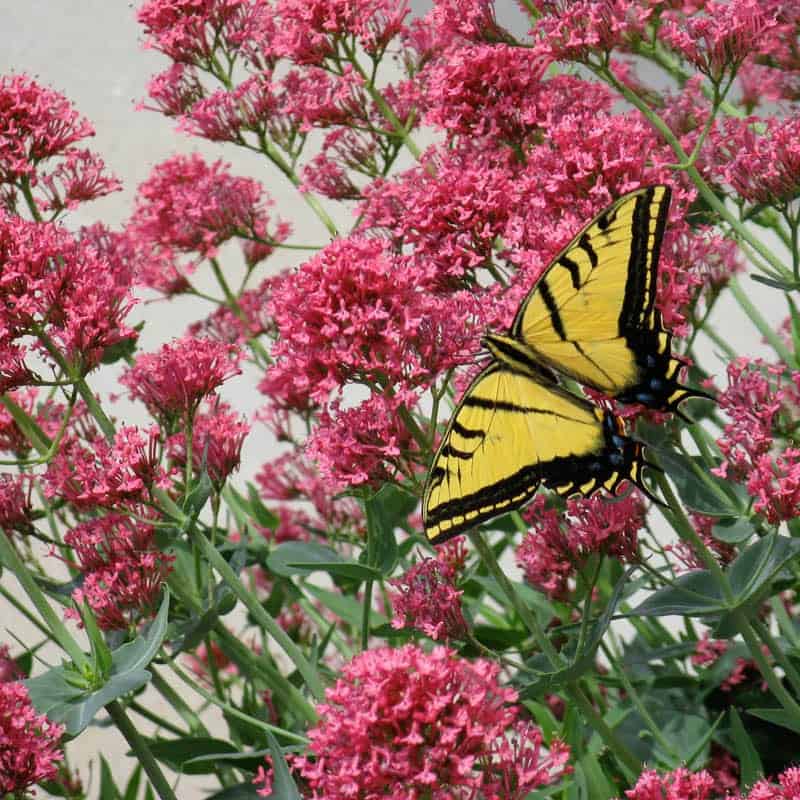

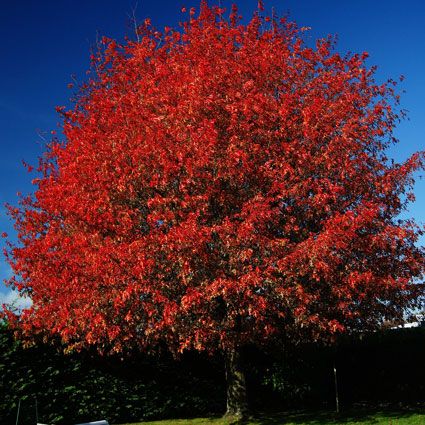
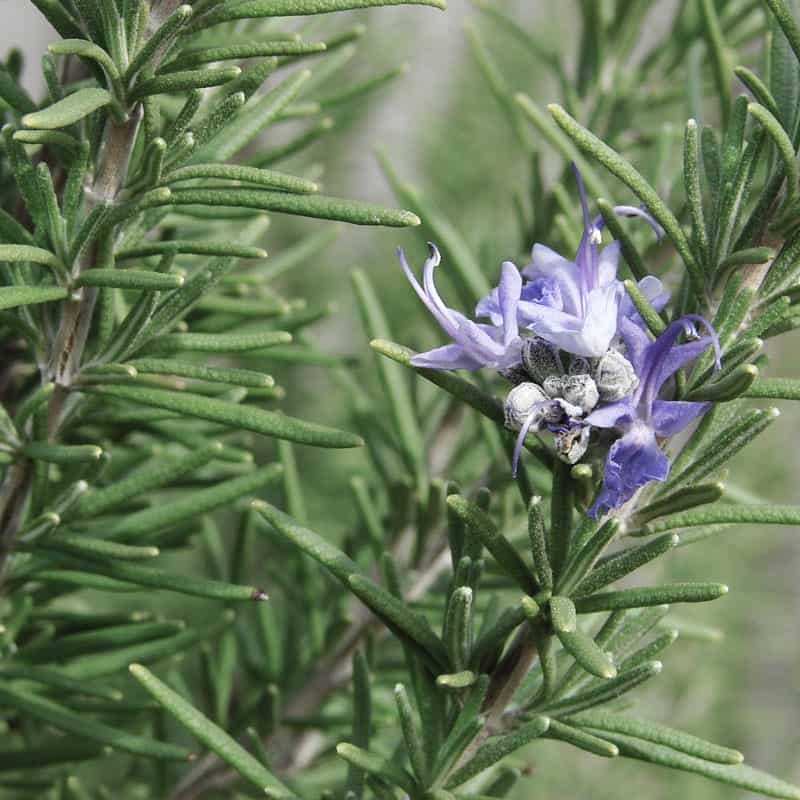

Leave a Reply